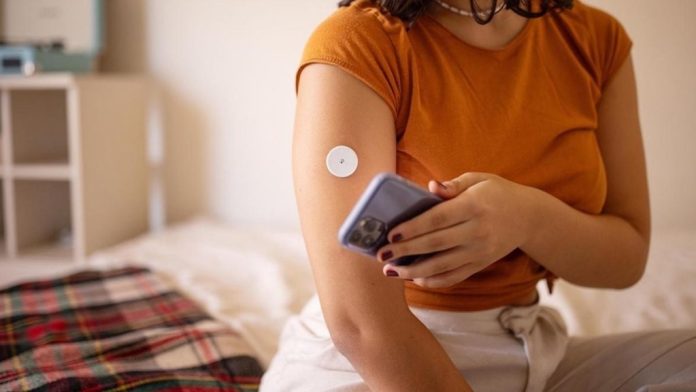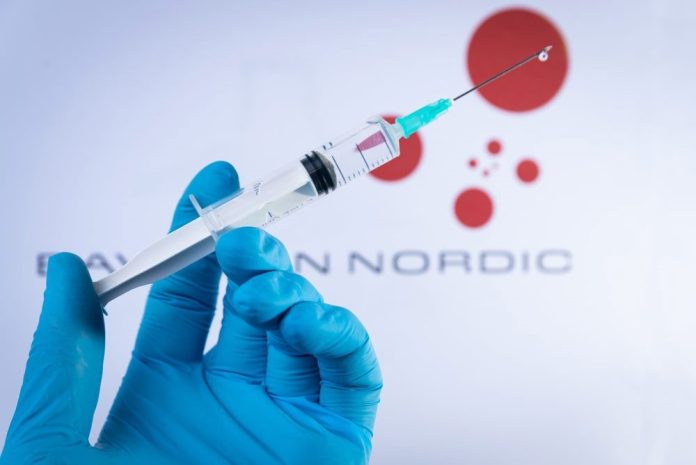Wearable devices could transform pregnancy monitoring and detect abnormalities
A simple fitness tracker might hold the key to revolutionizing maternal health care. Scientists at Scripps Research have found preliminary evidence suggesting that common wearable devices such as the Apple Watch, Garmin and Fitbit could remotely monitor pregnancy-related health changes by tracking physiological patterns—like heart rate—that correlate with hormonal fluctuations.
“Wearable devices offer a unique opportunity to develop innovative solutions that address the high number of adverse pregnancy outcomes in the U.S.,” says co-senior author Giorgio Quer, the director of artificial intelligence and assistant professor of Digital Medicine at Scripps Research.
“Our results show that signals collected via wearable sensors follow the expected changes in hormone levels and can detect unique patterns specific to live-birth pregnancies, potentially allowing the monitoring of maternal health throughout the pregnancy and postpartum.”
The findings, released in eBioMedicine, come at a crucial time for maternal health in the U.S. More than 2 million women of childbearing age live in maternal care deserts, or areas with severely limited access to obstetric care. The paper is titled “Association between wearable sensor signals and expected hormonal changes in pregnancy.”
Pregnancy complications, including miscarriage and preterm birth, continue to pose significant risks to maternal and child health, demanding more effective ways to monitor and address these outcomes.
Aligning heart rates and hormones
To gather the data, the team used PowerMom, a bilingual digital research platform, which allowed participants to voluntarily report real-world data from their personal wearable devices after providing informed consent—capturing valuable information beyond the traditional prenatal clinic visits.
The researchers enrolled over 5,600 participants who explicitly agreed to share their data and selected 108 individuals who had consented to provide data from three months before their pregnancy through six months after delivery.
Using sophisticated statistical methods to identify population-level patterns, the team could account for individual differences and device variations.
From these data, the scientists were able to identify physiological patterns that aligned with the fluctuation of key pregnancy hormones such as estrogen, progesterone and human chorionic gonadotropin (hCG). The fluctuations of these hormones are critical to healthy pregnancy outcomes and provide insight into the pregnancy’s progression.
The heart rate data were particularly compelling. During early pregnancy, researchers found that the individual’s heart rate initially decreased around weeks five to nine, then steadily increased until about eight or nine weeks before delivery, reaching peaks up to 9.4 beats per minute above pre-pregnancy levels.
After birth, the heart rate dropped below baseline levels before stabilizing around six months postpartum. The researchers also tracked sleep and activity patterns throughout pregnancy.
To validate this correlation, the team compared wearable sensor patterns with published hormone-level data from previous pregnancy studies, creating detailed models that predicted heart rate changes based on expected hormonal fluctuations throughout pregnancy.
While these findings are still early, they demonstrate that wearables could potentially enhance prenatal care, particularly for women living in maternal care deserts.
“Hormones play a key role in pregnancy outcomes,” explains co-senior author Tolúwalàṣẹ Àjàyí, co-senior author and principal investigator of PowerMom.
“Discovering the association between heart rate and hormone changes could unlock new ways to predict the beginning of pregnancy or identify signs of adverse outcomes such as gestational diabetes or preeclampsia.”
In an exploratory analysis of a small number of cases, pregnancies ending in adverse outcomes like miscarriage or stillbirth showed different heart rate patterns compared to healthy pregnancies, though more research with larger sample sizes is needed to validate these observations.
The future of health monitoring
This research represents a significant step toward making pregnancy monitoring more accessible through technology that many individuals already own and use. By transforming consumer devices into medical monitoring tools, the approach could help bridge health care gaps and provide continuous oversight for high-risk pregnancies.
The digital approach builds on growing evidence that wearable devices can detect meaningful health changes much earlier. Previous work has shown their role in identifying COVID-19 infections and other health conditions through physiological pattern recognition.
The researchers plan to expand their analysis with a focus on understanding how patterns may vary across different demographic groups, geographic regions and socioeconomic backgrounds. They hope to eventually develop models that could identify birthing individuals who might benefit from additional monitoring or support.
“We want to understand if these patterns are consistent across subgroups based on age and access to care,” says first author and UC San Diego graduate student, Giulia Milan, who conducted this study in collaboration with Scripps Research. “Our goal is to determine whether this approach could eventually contribute to more personalized pregnancy care.”
Future studies will need to investigate whether physiological changes captured by wearables could potentially support clinical decision-making and patient care. The team also plans to collect both wearable data and blood samples from the same participants to directly validate the hormone-heart rate associations observed in this preliminary analysis.











